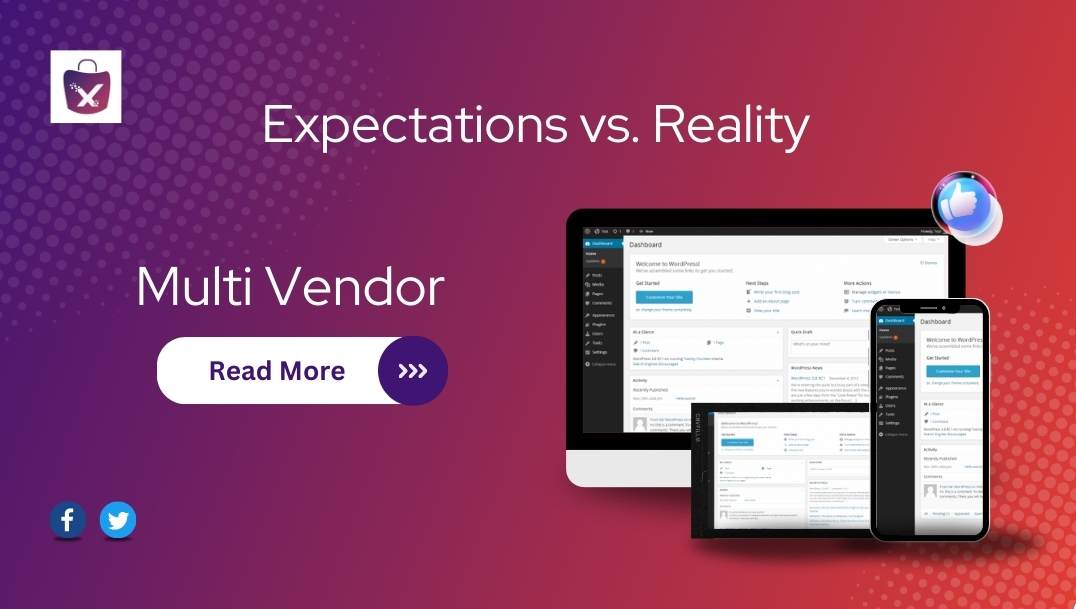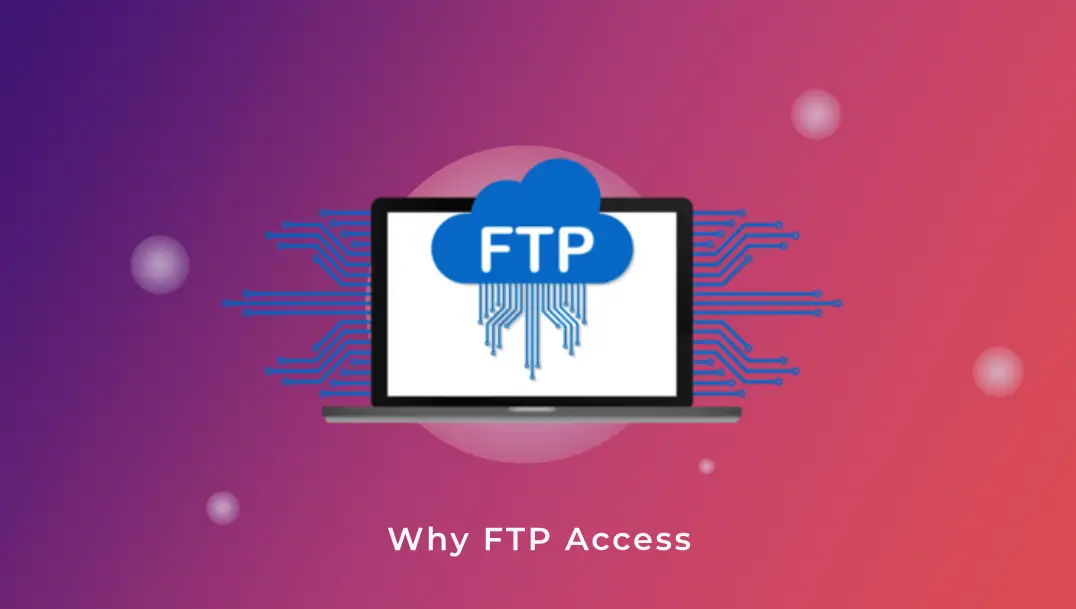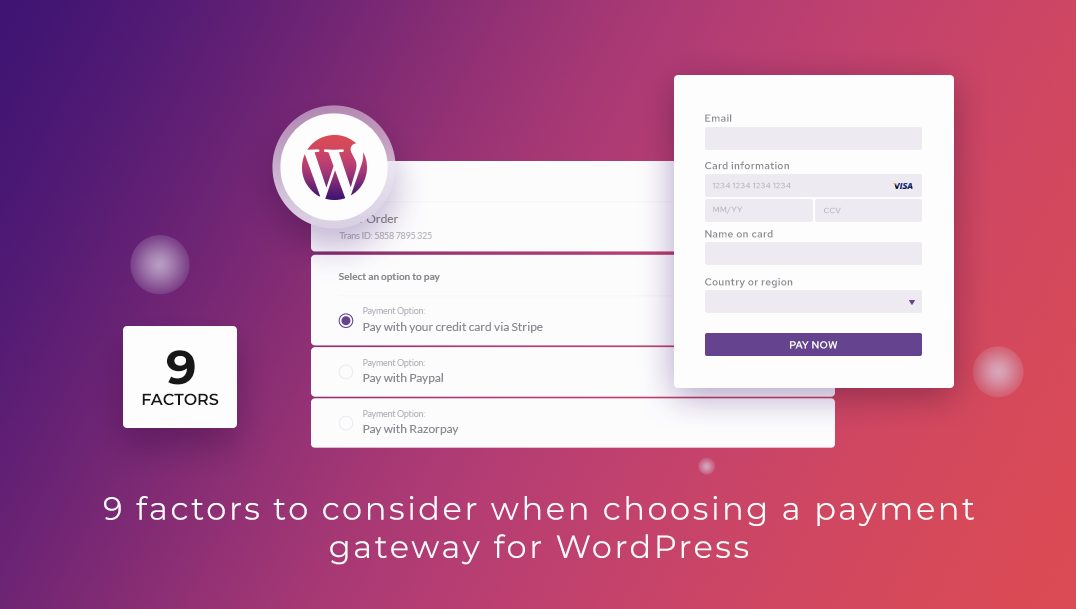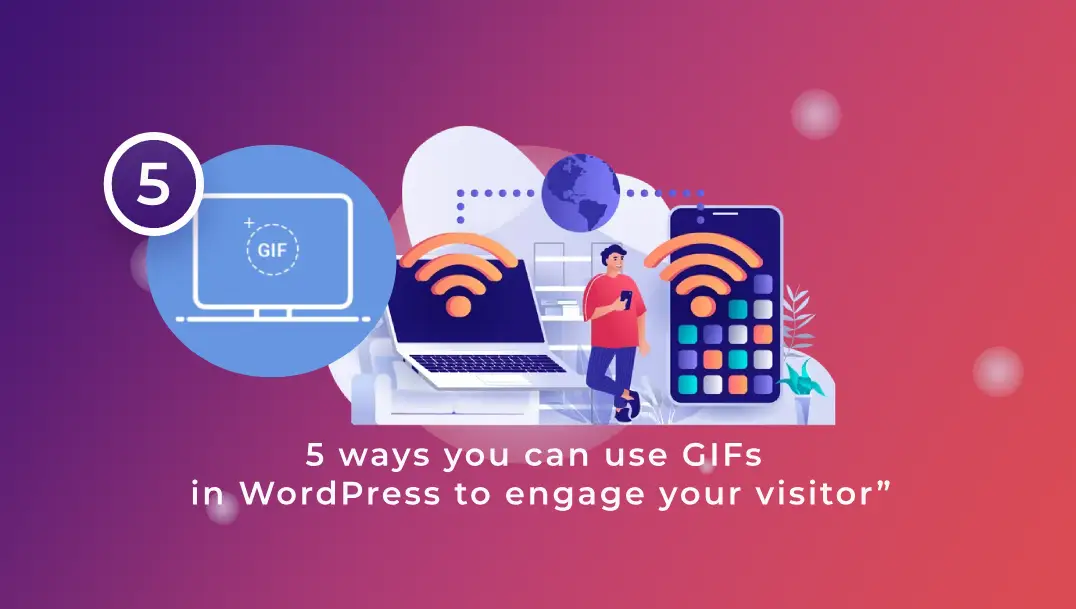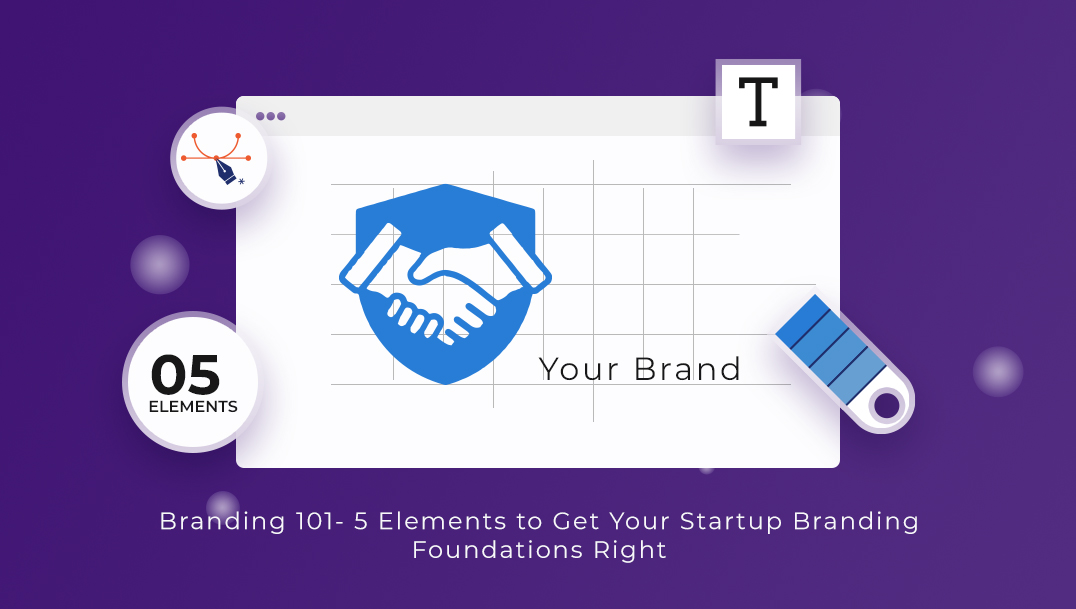“It makes sense to charge for something that’s valuable, but at the same time you’re trying to build liquidity and velocity of transaction in a marketplace.”- Bonnie Sherman, Upwork’s VP for Product, Global.
Simply put, the most successful marketplaces are those who managed to make their buyers and sellers happy. Finding what intrigues them is only the first piece of the puzzle where most startups confuse expectation with reality.
Yes you have to plan for retaining your audience, market growth, sales channels and whatnot, but to do so, you need a blueprint that dictates how you intend to approach the whole process. Although you may have expectations while creating that blueprint, it won’t do you any good unless it’s balanced out by reality of the current market.
The above quote is taken from an interview with Bonnie Sherman conducted by the Arcadier. In it she describes the hurdles she has had to overcome in bringing UpWork to its present state. Here is a link to the entire interview if you fancy a good read.
UpWork is a website where individuals from around the globe gather to offer their expertise. In a way, it is a multivendor marketplace, and such websites are
- An optimal way to ensure a steady flow of revenue.
- Considered as a viable investment option with lots of potential for passive income generation.
However, you have to consider specific points to maximize your chances at succeeding in an online marketplace. You must surely have expectations as to how your venture will turn out a few years.
Continue reading if you’re starting a marketplace or already have one and looking for possibilities to expand it further.
We’ve divided the topic into three parts. Each addresses a core aspect of setting up an eCommerce website, using a specific platform.
For the sake of this discussion, we’ll be referring to WooCommerce as a tool to create marketplaces as it is a low cost, user friendly and offers a lot in terms of customizations.
We will be covering,
- Challenges Faced while creating a Marketplace- Expectation vs Reality and how to get started.
- Challenges Specific to WooCommerce- Cost Estimation and Management
Without further ado, let’s begin with the first point.
Challenges Faced while Creating a Marketplace and How to overcome them- Expectation vs Reality
Considering the current state of the eCommerce industry, you will notice that it has grown quite exponentially over the previous decade. According to Statista, eCommerce sales increased to $3.4 trillion in 2019 alone.
Source Statista
In this era, having a wholesale business or an offline shop isn’t enough. You must have an online presence that represents and supports your business. If executed properly, eCommerce can provide a far more efficient source of revenue.
The internet is everywhere, and you’ll be missing out on potential traffic if you’re not utilizing it to your advantage. Given that you are reading this, we assume that you’re already determined to go online and have expectations going forward which you want validated.
Let’s begin by discussing the common challenges you could face starting out and how you realistically overcome them.
If you already have a website, you can skip to point no.3.
1. Reaching Out to a Greater Audience
Expectation: Online marketplaces automatically have a worldwide reach, yield instant profit and get hordes of customers, all with minimum effort.
Reality: The numerous marketplaces that came before you, making it increasingly difficult to penetrate the market and make yourself known to your target audience.
Some established businesses assume their current connections are enough to compete in the current market.
If you’re running a successful business with a steady flow of revenue, investing in an online storefront may seem to be an unnecessary expense. There is a lot of work involved, and it will seem that you’re having to start all over again.
However, if you want to grow your business, you can’t afford to ignore the internet. Organic traffic may take 6-12 months to trickle in, but you cannot deny that it’s the future of businesses and the above graphs stand testament to the fact.
So, what does it mean to reach out to your audience?
Suppose a customer walks into your shop and is unhappy with the prices. They ‘google’ the stuff and buy it from a cheaper online store.
You just lost a sale. Multiply it by a thousand customers, and you’ll see the kind of revenue you are losing out on. The worst thing is it won’t get any better.
History is riddled with stories of companies filing for bankruptcy just because they failed to innovate and reach out to their customers in time.
For instance, Kodak almost lost their business after they failed to invest into digital cameras. They managed to stay afloat for some time once they sold the majority of their patents to Facebook and other companies. Nonetheless, they finally went bankrupt in 2012.
The moral of the story is adaptation. eCommerce is spreading like wildfire, and not taking advantage of it properly can cost you in the long run.
Here is a simple example of the effectiveness of eCommerce.
Henry’s mom is a part-time psychiatrist and relies on word of mouth marketing She gets 2 to 3 cases each month.
Now, Henry is a freelance web developer and decides to create a website for his mother’s practice. He even invested in a small Facebook ad. Within a month the ad was viewed by quite a number of individuals out of which 17 chose to make an appointment.
Now this is not organic traffic as Henry is putting up ads, and his niche could be quite different from yours. What I want you to take away from the story is the idea and possibilities of reaching out to your clients/customers over the internet.
How to reach out?
- Social media marketing campaigns- It helps you create brand awareness and connect with your audience. It’s a low cost and comparatively impactful way of reaching out, retaining customers, and remaining relevant in your niche/industry.
In order to reach out, you need to publish periodic posts that engage your customers and increase website traffic to drive more sales to your marketplace.
So, to set up and reach out with social media marketing campaign you need to
- Research your competition and craft an appropriate strategy.
- Choose the type of content, ensure its unique and promote it,
- Engage with your audience,
- Keep track of successful posts via analytics
- Email marketing- Email marketing remains to be one of the best and most reliable ways of approaching your target audience. It’s simple, effective and promises a significant return on investment (ROI).
2. Increasing Sales after Going Online
Expectation: Going online grants instant visibility and boost sales
Reality: It takes time before sales start picking up and that too requires active effort on your part. Keeping up-to-date with what’s going on in your niche and implementing them strategically to stay ahead of your competitors is the only way to ensure steady revenue over any period of time.
Though taking your business online is a step in the right direction, it won’t bear fruits overnight. A website takes time to gain momentum on the web. You have to put in a significant amount of effort to make your services known to potential customers. You have to create your own little space in the heart of the internet to ensure steady sales.
So how can you create that space? What makes your target customers tick?
Although the answers vary from one industry to another, there are some key features that benefit marketplaces across all industries.
First, you have to create a responsive webpage with fast loading speeds between the 0.5 sec to 1-sec range. Netizens these days have the attention span of infants. They won’t even consider visiting a site that takes over 5 seconds to load completely.
If you already have a website, check its performance by clicking here.
Sales also depend on the total traffic you receive on your site. There are two types of traffic, organic and paid.
You gain organic traffic naturally as your website ages on the internet, usually after 6-12 months. It’s similar to the concept vintage wine, the older they are, the better. However, you still have to upgrade the online content, invest in search engine optimization (SEO) and a few other requirements, which is addressed at a later section.
If you’re not keen on waiting, you can run online ads and arrange marketing campaigns to bolster your website’s exposure all over the internet. It’s expensive, but offers significant ROI in the long run.
How can you increase sales?
- SEO and Analytics- It takes time to develop an online reputation search engine optimized websites provide a significant advantage over regular marketplaces.
SEO ensures you receive a steady flow of organic traffic as your marketplace ages on the internet. In shorts, this includes specific keywords, meta descriptions, meta keywords, to ensure your website appears at the top of Google’s search engine result pages(SERPs).
There are three layers to modern SEO,
- Off-page SEO- This is where you build your website’s online reputation via social media, link building and PR.
- Technical on-page SEO- Begins with an audit where an SEO expert goes through your site, pointing out problems that can be improved.
- Content Marketing- This includes inserting keywords within your website text and blogs, ensuring Google suggests your marketplace whenever someone searches using those words.
It is only the tip of the iceberg. In reality, SEO and Analytics require an in-depth discussion, but the above snippet should help you get saturated on the basics.
3. Building a Proper Marketplace (For Existing Owners)
Expectation: It’s easy to create a perfect marketplace. All you need is a bunch of plugins, and you’re good to go.
Reality: Premium plugins cost money and this investment may go down the drain if you’re not careful with your choices. Also, incorporating a bunch of plugins can overwhelm your customers, which is never a good sign.
So you already have a marketplace, but you’re confused as to how to improve it?
Ask yourself this, “What do customers seek when they visit your store?”.
They want to buy stuff, and it is your responsibility as the seller to make that journey as effortless as possible. Every customer expects a specific set of services when they visit your marketplace.
Most businesses struggle with making a first impression. Given the competition, it’s important to grab the attention of your customers in the first try.
You could just launch a minimum viable product (MVP) and expect customers to sign up. But to increase sales, you’d have to provide a better way for your sellers and customers to communicate with each other.
For instance, look at Amazon. They send mails containing offers based on your shopping preferences. Even when you visit the site, you see the latest discounts and products that are on sale. Such features are not usually available in a MVP.
You can also implement a similar strategy if you’re running a niche market. Opening up an online shop isn’t enough to increase sales, You need to extend the products to the crowd.
Interactive UIs, fast loading speed, smooth page transitions do contribute to the all-over user experience, but in order to stand out, you must provide something that sets you apart from the crowd.
One of WooCommerce’s greatest features is customization. People often end up either overusing or underusing it, resulting in a sub-optimal marketplace
If you want to build a marketplace you should do it properly and here are a few ways to achieve that goal.
- Choosing a Theme- Special designs reflect your brand goal, setting you apart from the rest. The first impression can very well be the last one. On one hand you cannot have clunky and unoptimized themes from ruining your website. But what if you’re on a tight budget and cannot afford premium options?
Choosing the perfect theme is very important. Prepare a mockup or a simple outline of what you want on your marketplace. For starters, you can use a popular theme and tweak it as per requirements.
- Creating the product page- Visit the product page of a few multivendor website. What do you find in common?
All of them contain a slideshow of product images along with a clear description of its key features. The structure and design of a website changes based on the kind products they are selling.
Are you selling digital or physical products?
Do you need to offer memberships or subscriptions?
Do you have multiple kinds of the same product? If so, do you want to display them side by side?
Once you’re aware of customer requirements you can create a custom design according to your budget.
Providing short one line explanations of your products and listing a few items that are on sale can be very effective in drawing potential buyers.
- Providing multiple payment gateways- There are numerous options to secure payments in WooCommerce. Besides cash on delivery and standard VISA and Mastercards, you can also offer Stripe, PayPal, Payoneer and other options.
Based on your location you can offer multiple payment gateways, appealing to the preference of your customers.
Challenges Specific to Woo Commerce- How to Deal with Cost and User Expectations?
WooCommerce is an easy-to-install WordPress plugin that helps you monetize your site by turning it into an online store. Since its emergence in September 2001, the plugin has been downloaded over 82 million times.
WooCommerce is popular for two main reasons,
- It’s free but you can buy and install plugins and add-ons to make it even more resourceful.
- It has a relatively flat learning curve allowing you to do all sorts of customizations on your website with relative ease.
So you would expect that with a low cost investment and flatter learning you will be able to deploy your online marketplace and rake the moolah
However, the real challenge is finding the perfect balance between development costs and customer expectations.
Let’s look at these two examples.
Sam and Michael are entrepreneurs looking to create their own online marketplace. Sam is financially well off and plans to incorporate every premium feature into his website. Michael however is on a tight budget and intends to cut corners whenever possible.
Sam begins by hiring a professional, asking them to include every feature found in a premium marketplace. After a few months, Sam finally has a full-fledged multi vendor store. He has added forms, banners, carts, custom shipping options, the whole package.
However, Sam is not getting a steady flow of customers. His revenue is dropping and he is not getting the expected return on investment. But Sam missed investing in a marketing campaign. As a result he is not attracting customers across various niches.
In spite of a responsive and intuitive design, customers are bouncing off his site because he is not focusing on getting his target audience.
Michael on the other hand, was working with a tight budget. He was able to create a bare minimal website, but invested time in marketing it. However, he couldn’t use some of the premium marketplace features.
Once the site was live, the initial surge of traffic slowly decreased to a trickle after 6-7 months. He discovered that a marketplace built using free plugins is not enough. He needed quality plugins capable of handling large amounts of traffic and streamline the consumer buying experience.
Starting out, it could be difficult to balance businesses expenses with users expectations. You could end up spending a lot, only to get poor returns on your investments. Or, like Michael, you might not be able to afford the ever-increasing hunger of your target audience.
In the majority of cases, the best possible way to deal with costs and user expectations is to start out small, even if you have a high budget. Thats is you pick up only those extra plugins and customisation that is enough for your MVP. And do remember this choice depends on various factors, such as,
- Your niche,
- Whether its growing in an exponential rate,
- Whether or not you require to heavily invest in latest features in order to disrupt the current supply chain,
Conclusion
There are lots of facts to consider, so here is a link to WooCommerce’s entire pricing guide to give you an idea of the cost related to starting your own online marketplace.
In reality, whatever you expect your website to achieve requires research and in-depth market analysis. Turning expectations into reality is difficult but not impossible.
Of course there are various options you can include into your marketplace to make it more resourceful. But what you need to ask yourself is whether or not the features promises ROI in the long haul.
You might expect a plugin to pull in more customers, but in reality it may fail to live up to your expectations. Just because it works in a different marketplace, does not mean it will work in yours.
Expectations guided by the desires of your target audience and capability of the platform is better than mindless expectation. Getting to know your audience is only the first step. Once you learn what makes them tick, use it to shape your expectation and try to make it into reality.
WC Marketplace is only a tool, one that is filled to the brim with potential which eCommerce owners around the globe can leverage to build successful marketplaces.
It’s easy to set up and offers various facilities with low investment compared to other platforms. Being one of the top multi vendor plugins we provide various useful tools to help you take control of your website, tools that received a massive upgrade in our latest v3.5 upgrade.
If you have vision, we can help you turn it into Reality.So what are you going to do with this newfound knowledge? For starters, you can download the free version and give it a go and see how it meshes your business model.
